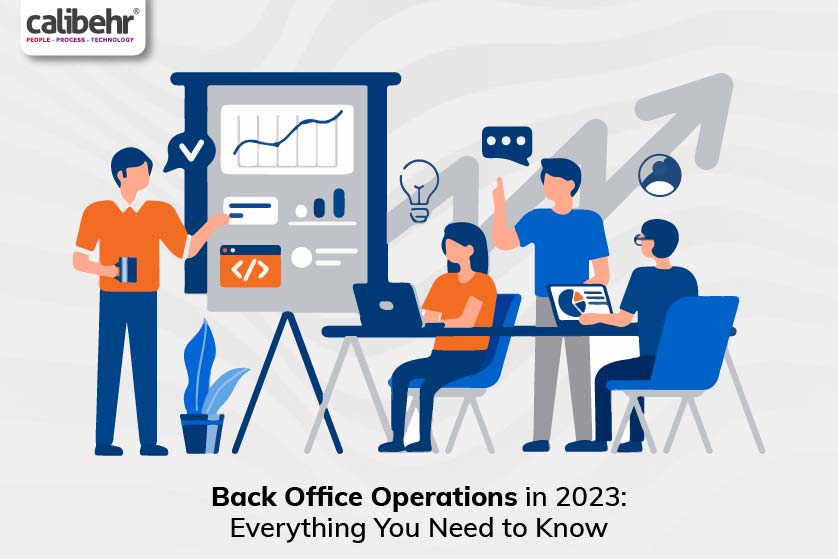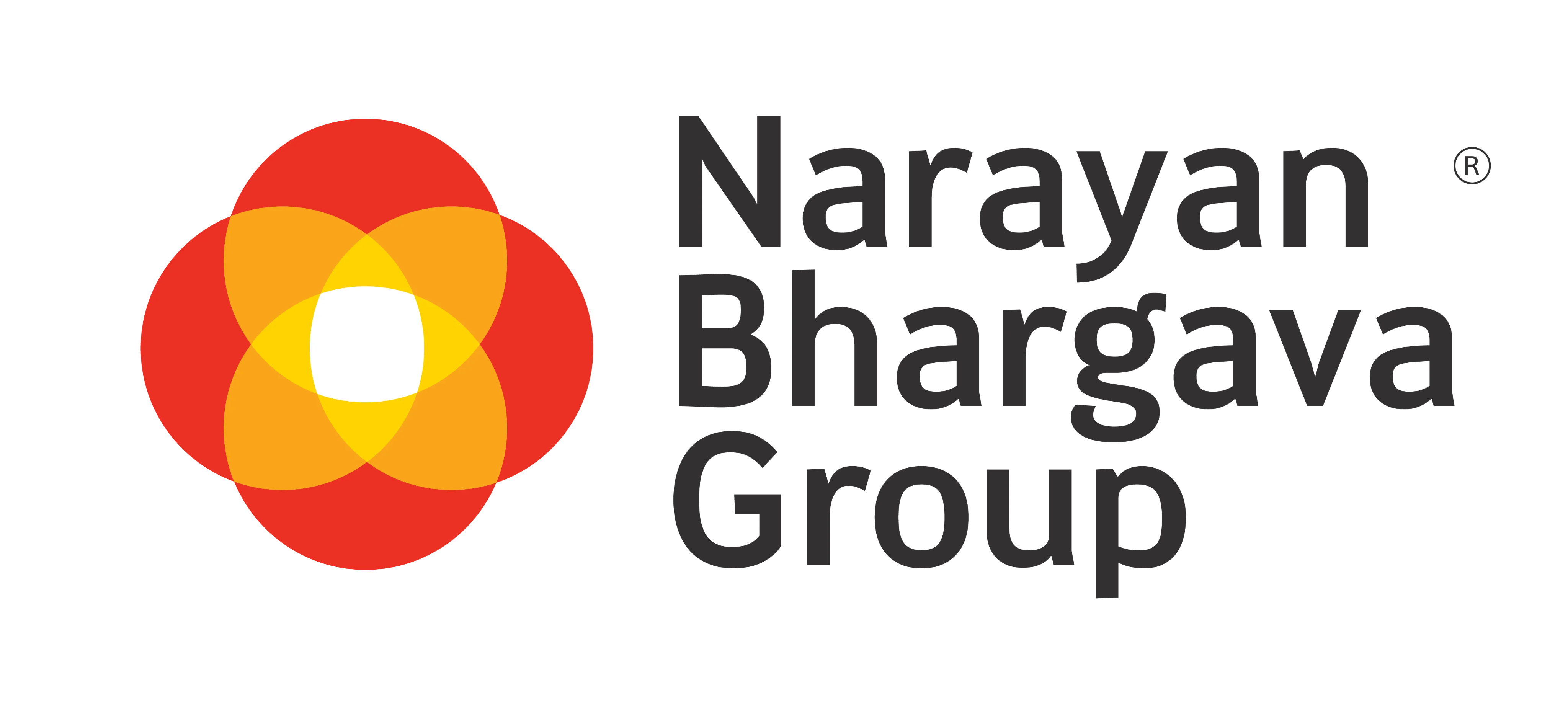The business landscape is undergoing a massive transformation. Technological advancements, frequently changing market dynamics and unprecedented challenges post-global events like the pandemic demands that businesses change their approach.
Amidst all this, back office operations remain one of the most important departments in an organisation. It plays a significant role in streamlining operations and driving growth. Although invisible to customers, the back office is known as the cost centre i.e., the support system of an organisation, whereas the front office deals with customers and generates revenue. However, what worked yesterday may not work today or in the future.
This is the reason a growing number of companies, irrespective of size are opting for back-office outsourcing to make the process more efficient, productive and profitable. Further in this blog, find everything you need to know about back office operations, the latest trends, the technology used and how it is relevant in 2023 and beyond.
Back Office Operations: What is it?
The back office consists of operations which do not deal directly with customers/clients. They essentially remain behind the scenes and support the front office. Employees in the back office generally take care of three key areas namely; technical, administrative and analysis services. Some of the functions that come under the discussed categories are:
- Administration
- Accounting
- Payroll
- Data management
- Inventory management
- Order processing
- Human resource support
- IT operations
- Regulatory compliance
- Daily operations
Back office operations are critical because they take care of everything else while businesses focus on customer satisfaction. Front office, on the other hand, includes sales, marketing, PR, customer support, and client servicing – all of which directly engage the customer.
Let’s take an example of banking to understand back office functions better. Suppose you are a client of an X bank. If you have any doubts or queries regarding bank services, you will visit the branch or call the customer care number. Here, you are interacting with the front office executives of a company.
However, there are people who are working in the bank who do not come in contact with you. They include HR, payroll, compliance, IT and other departments. Read on to find out more about the back office.
Key Functions of Back Office Explained
Human Resource – It may come as a surprise but HR operations are considered as back office. HR functions involve dealing with candidates and have nothing to do with selling the products and services of a company. Thus, different processes such as recruitment, onboarding, benefits management, recording keeping, training and development come under the back office.
Finance – Back office employees carry out several financial activities which do not involve customers. Rather, it includes functions such as accounting, financial reporting, investment management, tax and audit preparation, bookkeeping, reconciliation, budgeting, complaints and more.
IT – The IT department has become one of the crucial aspects for any business looking to grow in the tech age, and it comes under back office operations. IT employees oversee IT infrastructure like software used and physical hardware installed. Some of the functions they perform are network administration, programming, security, database management, technical support and system training.
Data Management – Data management is a pivotal part of the back office. Timely, error-free and accurate entry of data such as client information, financial data, and inventory records into systems and databases are some of the important functions that come under the back office. Today, advanced technology is used by back-office teams to manage data online and save time and costs related to the process.
Traditional vs Modern Back Office
One thing that differentiates modern back office operations from traditional ones is technology. The traditional approach follows manual data entry into spreadsheets which are error-prone, consume so much time and lack efficiency. Remember, extensive amount of data are generated by departments in an organisation. Different functions like accounting, finance, HR and IT discussed above are transformed with the use of technology. Modern back-office operations integrated with automation technology become more fast, efficient, agile and error-free.
Some of the prominent technologies and tools that power back-office operations are:
- Enterprise Resource Planning Systems
- Customer Relationship Management
- Human Resource Management System
- Automation Tools like Robotic Process Automation
- Data Analytics
Future Trends
Back office operations are undergoing transformation. With the innovation capabilities scaling new heights, back office service experts see Artificial Intelligence (AI) and automation redefining how the back office functions. Cloud infrastructure is also expected to become a key differentiator enabling work flexibility and streamlining operations. More companies will rely on data and derived insights to make the process more efficient.
Another major trend catching up is outsourcing back-office operations. The experienced and professional experts are capable of handling all challenges related to the back office. Plus, they use updated technology to run the operations. Some of the industries that require strong back-office support include Banking, Financial Services, Insurance, Telecommunication, Retailers, and government agencies.
Calibehr is a prominent business solutions provider company offering strategic, tech-enabled and result-oriented back office services to clients PAN-India.








